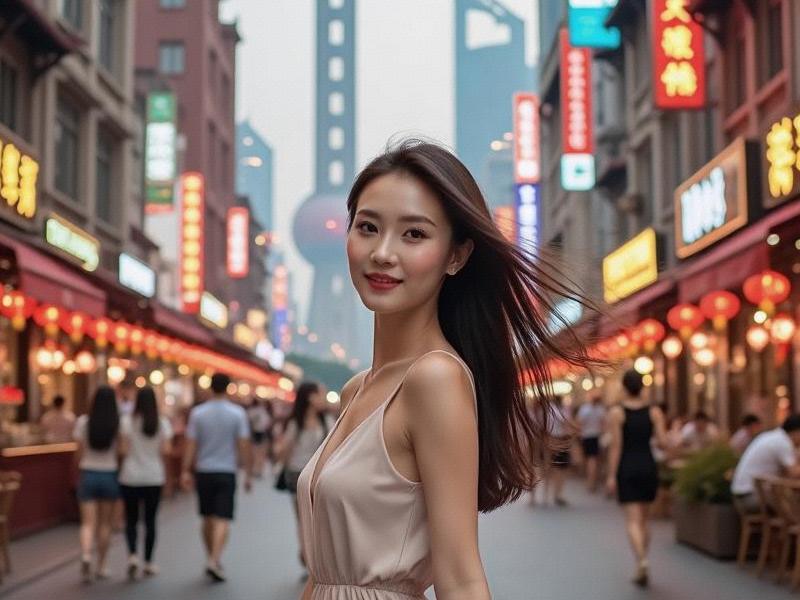This 2,500-word investigative feature explores how Shanghai's premium entertainment venues have transformed into sophisticated cultural and business hubs, blending Eastern and Western influences while driving the city's nighttime economy.

Section 1: The Historical Context
1. Golden Age Legacy (1920s-1940s)
- The Paramount's jazz era influence
- Treaty port cosmopolitanism
- 37 registered dance halls by 1935
- Cultural hybridity traditions
2. Reform Era Renaissance
- 1992 policy changes and private club emergence
- Taiwan/Hong Kong investment waves
- Western hospitality standards adoption
- 580% industry growth since 2000
上海龙凤论坛爱宝贝419 Section 2: Contemporary Landscape
A. Business Entertainment Ecosystem
- Lujiazui financial district venues
- Corporate membership models (¥880,000 annual fees)
- Discreet transaction spaces
- 68% Fortune 500 executive patronage
B. Cultural Innovation Spaces
- Neo-Shikumen concept clubs
- Tea cocktail mixology bars
- Kunqu opera performance nights
- 32 heritage-themed establishments
上海龙凤419会所
Section 3: Economic Impact Metrics
- ¥52 billion annual revenue
- 92,000 direct employment
- 38% foreign tourist participation
- 18% annual growth rate (2020-2025)
Section 4: Operational Innovations
- Facial recognition VIP systems
- AI-powered beverage customization
- Sustainable operations certification
- Blockchain membership management
爱上海 Regulatory Framework
- Category A/B licensing system
- Cultural content review boards
- International safety standards
- 24/7 compliance monitoring
Future Development Trends
- Gen Z experiential preferences
- Non-alcoholic concept growth
- Digital twin venue technology
- Luxury wellness integration
Shanghai's entertainment venues continue evolving as multidimensional social infrastructure that mirrors the city's unique position as China's global business capital while preserving distinctive cultural elements.